# Books Types and Format
In this piece of writing, we cover the topics of books, their formats, and types. Books remain one of the strongest mediums for knowledge preservation and information dissemination. This article is helpful for general readers, students, librarians, library science students, and researchers. Three key topics about books are discussed below:
1. **What is a Book?**
2. **What are the main types of Books?**
3. **What are the main formats of Books?**
## What is a Book?
### Definition of Book
A book is an intellectual object and a medium for recording information in written, printed, typed, or digital format. According to UNESCO, a book must contain at least 49 pages in an organized format.
## 2. What are the main types of Books?
### Types of Books
There are two main types of books:
1. **Fiction Books**
2. **Non-Fiction Books**
#### Fiction Books
Fiction books contain stories, imagination, mysteries, romance, and fantasy.
#### Non-Fiction Books
Non-fiction books are based on facts, self-help, learning, religious history, science, technology, and more. Non-fiction books are further divided into six categories:
1. **Text Books**
2. **Reference Books**
3. **Religious Books**
4. **Scientific Books**
5. **Historical Books**
6. **Biographies**
#### 1. Text Books
Textbooks are mandatory books recommended by educational boards, councils, or higher education institutions for specific grades or classes.
**Example:** *Text of Physics for O Level*
#### 2. Reference Books
Reference books are used to find meanings or facts.
**Example:** Dictionary, Encyclopedia
#### 3. Religious Books
Religious books contain the beliefs and practices of a religion, followed by its adherents.
**Example:** Holy books of various religions
#### 4. Scientific Books
Scientific books provide content on science and technology topics, from life sciences to information technology.
**Example:** *Introduction to Data Science*, *Blockchain Technology*
#### 5. Historical Books
Historical books provide information about past events, places, wars, disasters, or successes.
**Example:** *1945 Victory in the West*
#### 6. Biographies
Biographies provide information about a notable personality in a specific profession or field.
**Example:** *Biography of William Shakespeare*, *Mark Twain*
## 3. What are the main formats of Books?
There are four main formats of books:
1. **Manuscript**
2. **Printed Books**
3. **E-Books**
4. **Online Books**
### 1) Manuscript
Manuscripts are handwritten books, distinct from printed books. They are rare and often preserved in archives, museums, or libraries. Before the printing press, manuscripts were a primary format for knowledge preservation.
### 2) Printed Books
Printed books are produced using a printing press. This is the most common format, easily accessible and portable for readers.
### 3) E-Books / Electronic Books
E-books are digital files (e.g., PDF, EPUB) read on devices like desktops, laptops, tablets, or mobiles. They do not require an internet connection for reading.
### 4) Online Books
Online books are digital files displayed on-screen, often with interactive features like animations or podcasts. Some require special e-reader software (e.g., Adobe Digital Editions, Kindle).
---
### Basic Parts of a Book to Know Before Publishing
The anatomy of a book is divided into three primary sections:
1. **Front Matter**
2. **Body**
3. **Back Matter**
#### Front Matter
The front matter includes:
1. **Accolades** – Praise for the author or prior works.
2. **Half-title Page** – Contains only the book’s title.
3. **Copyright Page** – Includes copyright notice, ISBN, edition, and credits.
4. **Title Page** – Features the title, subtitle, author(s), and publisher.
5. **Dedication** – A short note honoring someone.
6. **Table of Contents** – Lists chapters and sections.
7. **Epigraph** – A short quote setting the tone.
8. **Preface or Introduction** – Author’s purpose and scope.
9. **Foreword** – Written by someone other than the author.
#### Body Matter
The core content includes:
1. **Prologue** – Sets the scene (common in fiction).
2. **Chapters** – The main content divided into sections.
3. **Afterword or Epilogue** – Concluding thoughts.
#### Back Matter
The back matter includes:
1. **Acknowledgments** – Thanks to contributors.
2. **Author Biography** – Brief professional background.
3. **Appendix or Addendum** – Additional documents.
4. **Glossary** – Definitions of terms.
5. **Bibliography or Endnotes** – Cited sources.
6. **Index** – Alphabetical list of key terms.
7. **Copyright Permissions** – Attributions for reused content.
8. **Discussion Questions** – For book clubs or academics.
9. **Bonus Material** – Extras like interviews or previews.
###Parts of Book






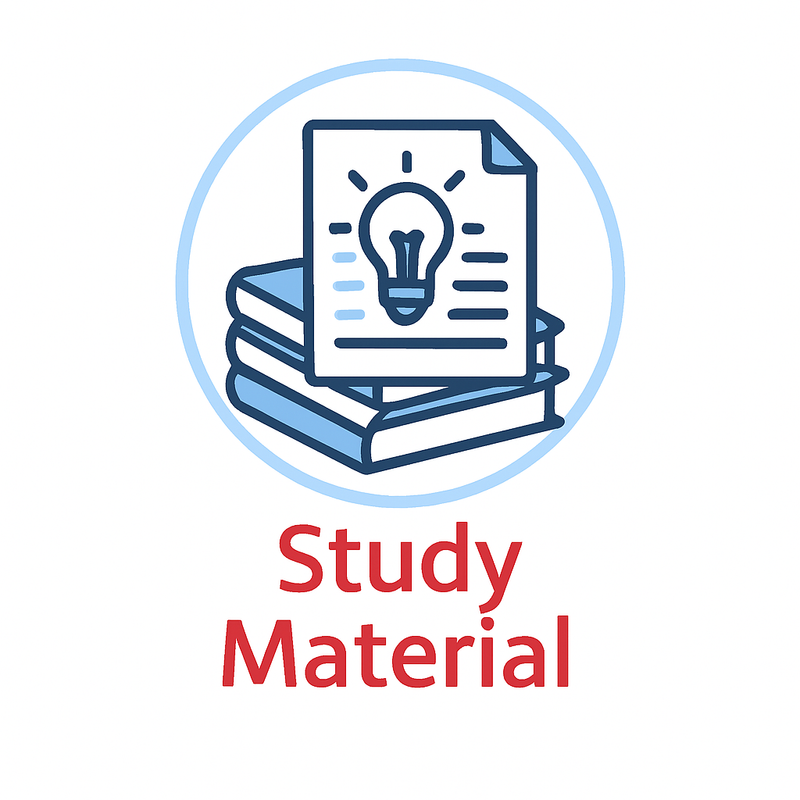
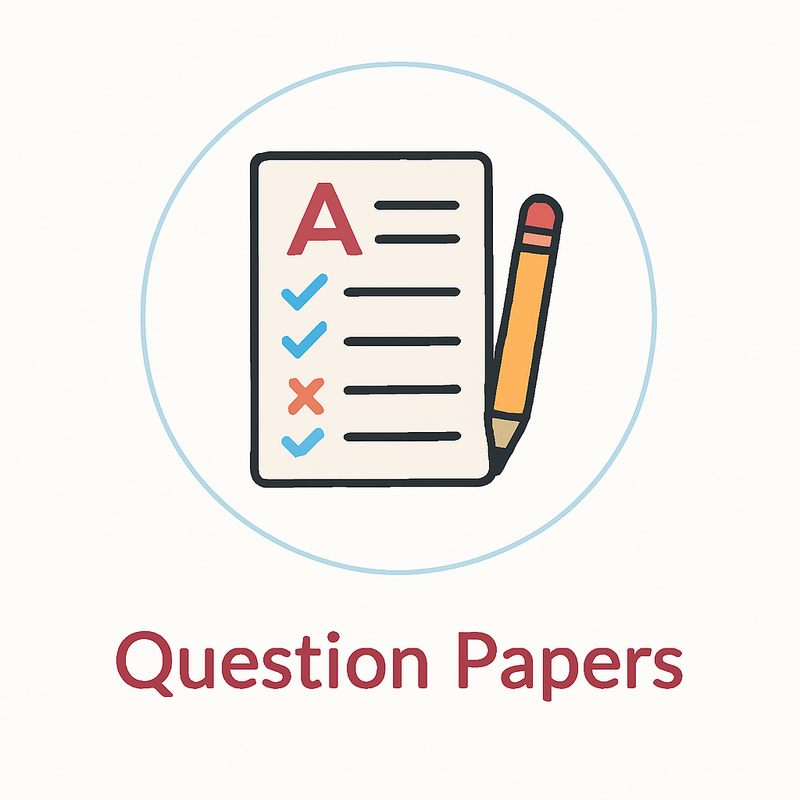
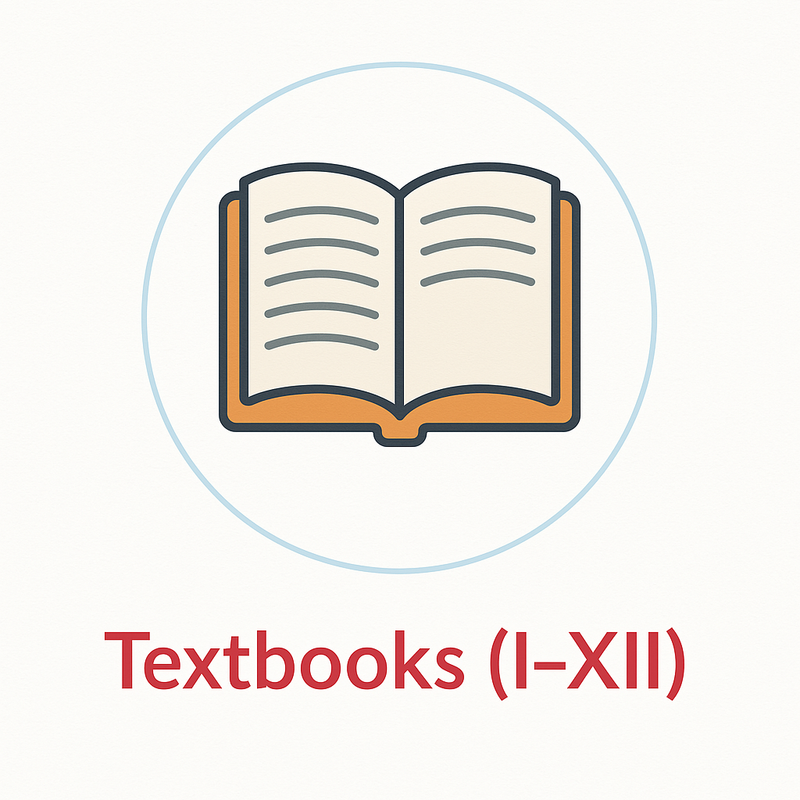

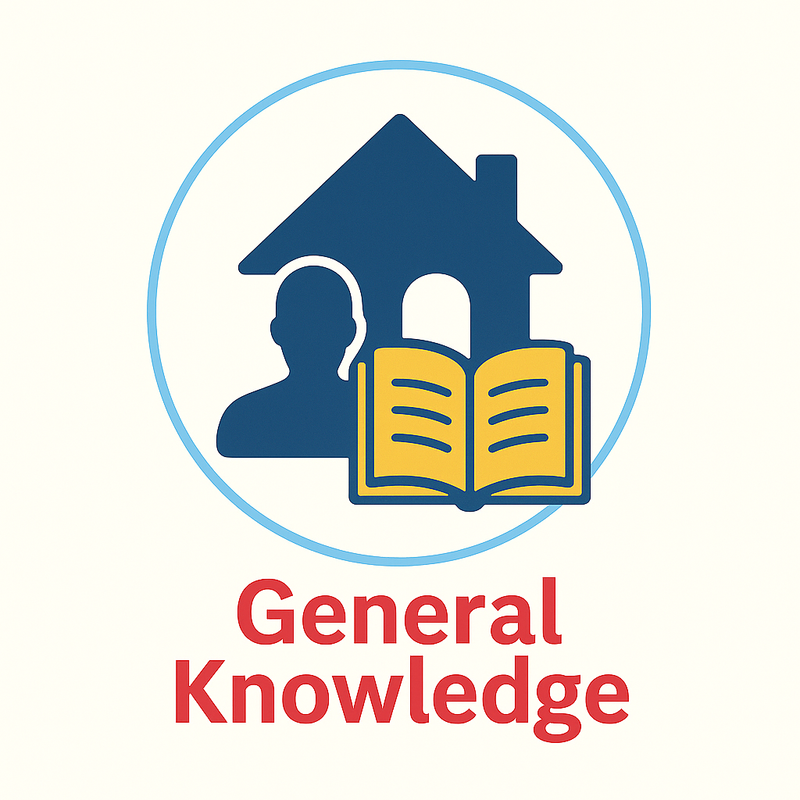
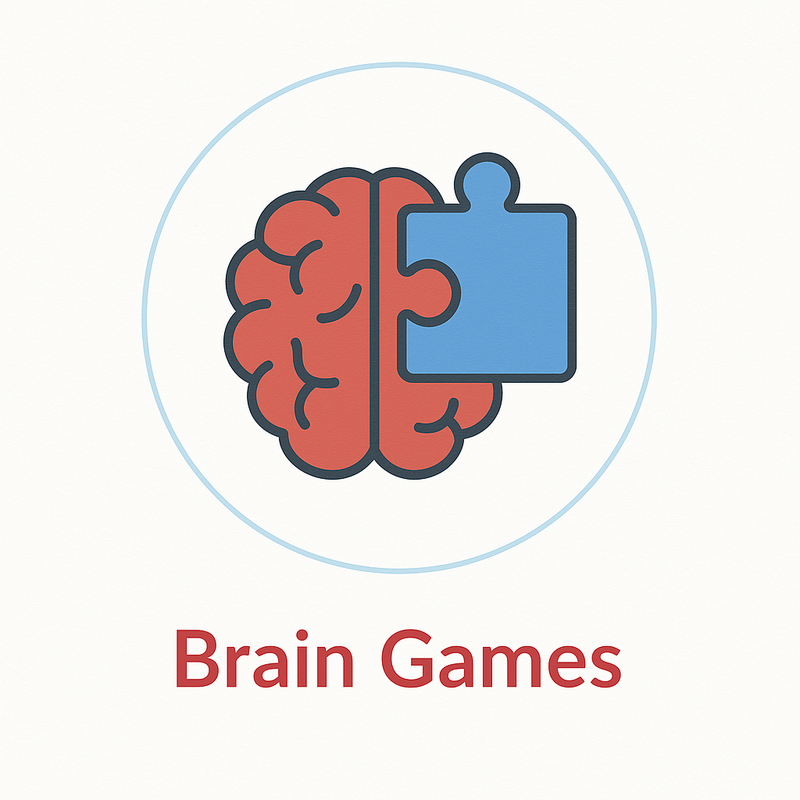


















No comments:
Post a Comment
Thank you